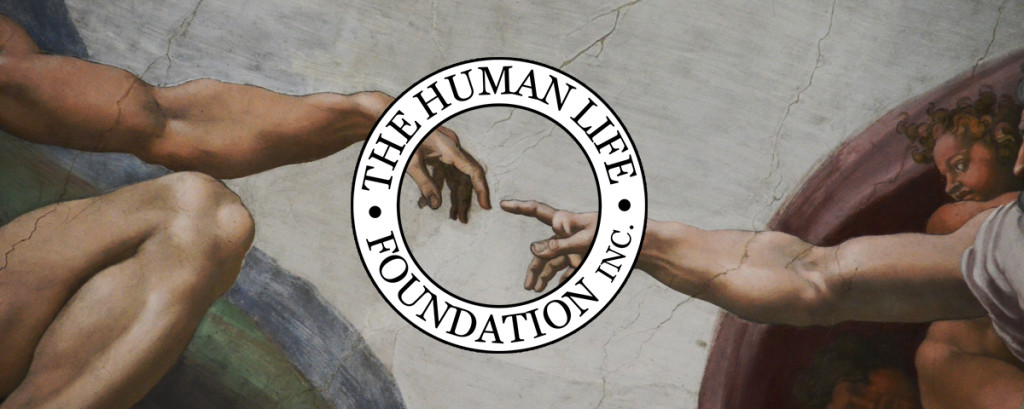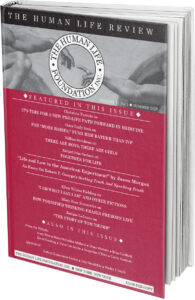Monkey’s Nephew
What’s in a name? I was enjoying a nature show on television when the narrator said something that made me sit up, squint, grab the kindle I keep next to my easy chair, and go for Google. With orangutans swinging wildly through the branches, the speaker blithely informed me that “Great apes are a classification of primates that includes orangutans, gorillas, chimpanzees, and humans!” A website agreed. It went on to say that orangutans, gorillas, and chimpanzees have two species each, but humans have only one extant species. Wikipedia concurs that we are part of the Great Ape family (perhaps better dressed and in possession of a driver’s license but still apes). More specifically, we orangutans, gorillas, chimpanzees, and the guy next to you on the bus are all “hominids.”
Before the 1990s “hominid” referred only to humans. Genetic studies conducted by Charles Gald Sibley and Jon E. Ahlquist in the 1970s and 1980s, which showed 99 percent of human DNA is identical to chimpanzee DNA, got the ball rolling. (DNA, or deoxyribonucleic acid, codes genetic information for the transmission of inherited traits). Evolution is no secret, and Darwinism and religion are not automatically incompatible. As Sister Mary Patricia succinctly put it to my seventh-grade class: “Who made the monkey?”
The operative word was always “evolved,” but now the goal seems to be to see us as one big happy family—achieved by simply changing the vocabulary. (Sound familiar? Think “clumps of cells” and “abortion is healthcare”). As Wikipedia explains it: “The current meaning of ‘hominid’ includes all the great apes including humans. Usage still varies, however, and some scientists and laypersons still use ‘hominid’ in the original restrictive sense; the scholarly literature generally shows the traditional usage until the turn of the 21st century.” Evolutionary anthropologist Cadell Last is one of those “restrictive sense” scientists. He writes:
The classification of humans as great apes is also dependent on a historical contingency: we have no extant sister taxa. In the not-so-distant past humans shared this planet with several other humans. In fact, the last non-sapiens member of the Homo line suffered extinction approximately 13,000 years ago. This means that for over 90% of our species existence, we shared Earth with other humans . . . If one or more of these other humans had survived into contemporary times, our taxonomic classification scheme for humans and great apes would undoubtedly look much different. Instead of focusing on the similarities between humans and chimpanzees, or humans and gorillas, we would likely shift our attention to focusing on the similarities between humans and . . . other species of humans . . . The great apes are our closest extant relatives, and it is incredibly important to study, protect, and conserve them. However, we can’t use their title as closest extant relatives as a strategic rhetorical device to emphasize similarity.
Another party-pooper when it comes to the “we’re all just a barrel of monkeys” contingent is evolutionary psychologist Robin Dunbar. He writes:
We share with the other great apes a long history, a largely common genetic heritage, a similar physiology, advanced cognitive abilities that permit cultural learning and exchange, and a gathering and hunting way of life. And yet we are not just great apes. There are some radical differences . . . The substantive difference lies in our cognition, and what we can do inside our minds. It is this that has given us Culture with a capital “C”, culture that produces literature and art . . . There are probably two key aspects of culture that stand out as being uniquely human. One is religion [emphasis mine] and the other is story-telling . . . What is important about both is that they require us to live in a virtual world, the virtual world of our minds . . . We have to be able to detach ourselves from the physical world, and mentally step back from it. Only when we can do this are we able to wonder whether the world has to be the way it is and why. . . These peculiar forms of cognitive activity are not trivial evolutionary by-products, but capacities that play—and have played—a fundamental role in human evolution.
However, Kate Wong, senior editor at Scientific American, seems not only comfortable but downright cheerful about the idea that human uniqueness is but a myth. She writes:
We might not be as unique as we thought we were. But we needn’t feel demoted. There’s something marvelous about finding a common thread between flytrap and ferret, bee and human. We’re not separate from nature, we’re connected to it, part of the weave of life, in all its dazzling diversity.
Great. DEI comes to the zoo on the day of the school trip. How’s that for a classroom lesson?
What’s in a name? What’s in an agenda? Certain animal rights organizations maintain that apes are persons and should be given human rights, an example of what Cadell Last referenced when writing about a “strategic rhetorical device to emphasize similarity,” this time by a lawyer trying to win a case. So, there’s that. But I sense something else going on. Abdication. If we’re nothing more than a better dressed animal, morality can be switched out for impulse. And then abortion can become as natural a response to an unwanted pregnancy as a cornered beast going for someone’s throat.
Accepting that you are no more consequential than a flytrap, ferret, or bee has reach. I keep thinking about a phrase Fr. Gerald E. Murray used in a recent Pastoral Reflection: “those who glibly assert that unborn children are not yet human.” They are “not yet” human—and we are losing ground.










